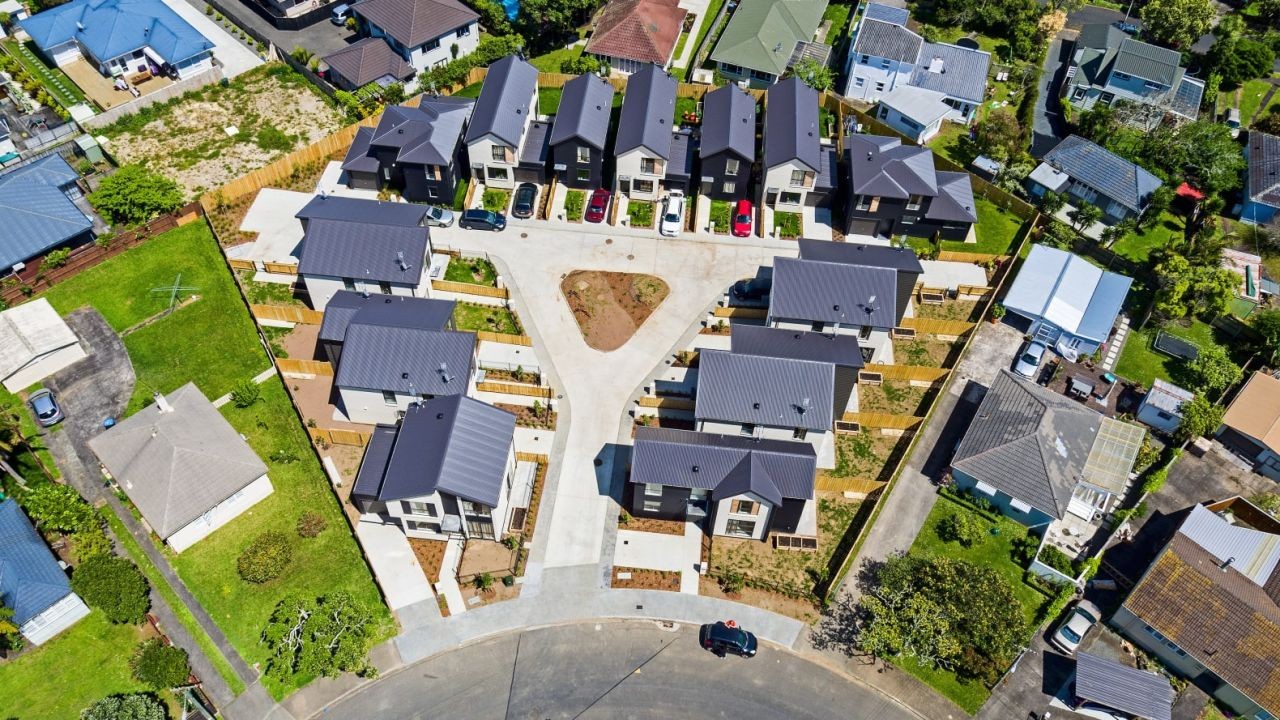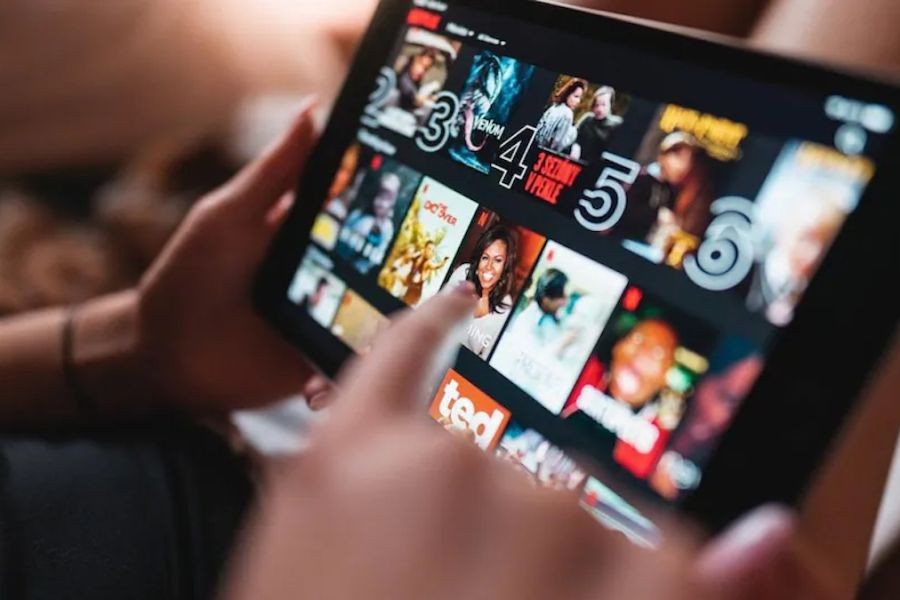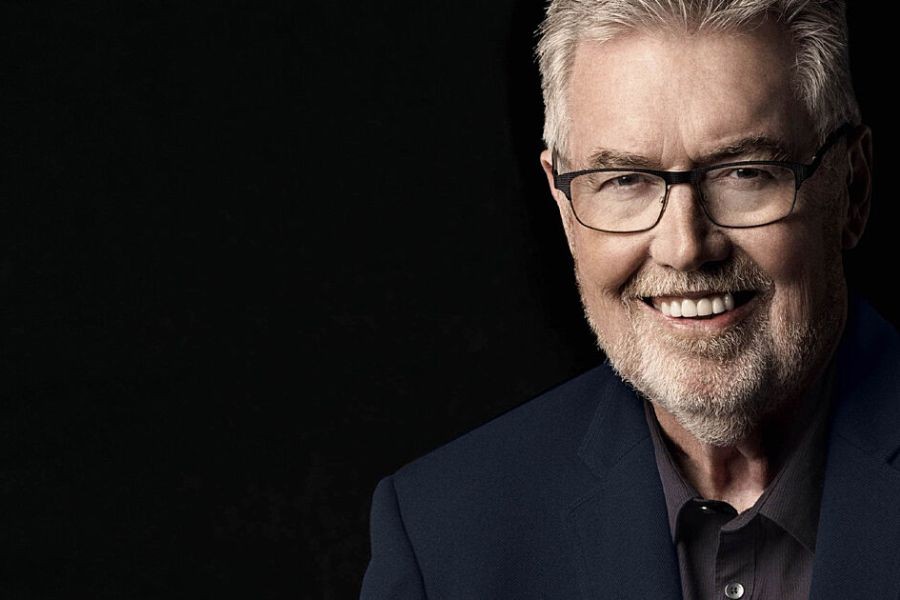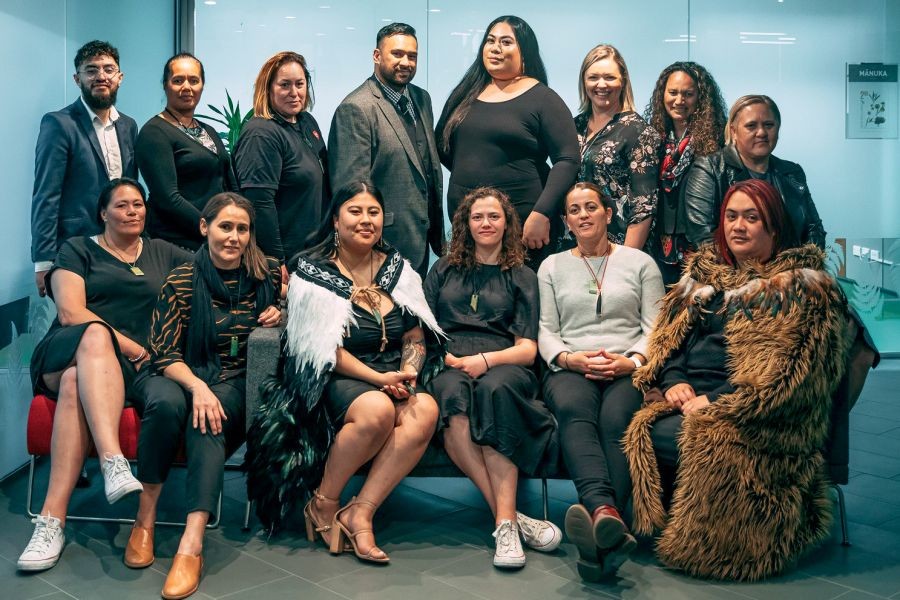In the tapestry of Australia's history, war memorials serve as solemn reminders of the nation's sacrifices. However, the narrative often overlooks the contributions of Indigenous soldiers—an omission that raises questions about the inclusivity and representation within these commemorations. Understanding the reasons behind this oversight is crucial, particularly as Australia grapples with its colonial legacy and strives for reconciliation.
Historical Context and the Role of Indigenous Soldiers
Indigenous Australians have a long history of military service, dating back to the Boer War and continuing through both World Wars, Korea, Vietnam, and more recent conflicts. Despite facing systemic discrimination and not being officially recognized as citizens until 1967, many Indigenous Australians volunteered to serve. Their contributions, however, were often ignored post-service, with limited acknowledgment in public memorials.
Reasons Behind the Exclusion
The exclusion of Indigenous soldiers from war memorials can be attributed to several factors:
- Racial Discrimination: During the early 20th century, racial policies explicitly or implicitly discouraged Indigenous participation in public life, including the military.
- Lack of Historical Records: Poor documentation and record-keeping practices have led to many Indigenous soldiers being unrecorded or misidentified.
- Societal Attitudes: Prevailing societal attitudes during and after the wars often marginalized Indigenous contributions, reflecting broader patterns of exclusion from national narratives.
According to the Australian Bureau of Statistics (ABS), Indigenous Australians experience socio-economic disadvantages that are rooted in historical and systemic exclusion, further complicating their recognition in national contexts like war memorials.
Case Study: Recognition Efforts and Success Stories
In recent years, there have been concerted efforts to rectify historical oversights and ensure a more inclusive representation. A notable example is the ANZAC Memorial in Sydney, where initiatives have been undertaken to include Indigenous perspectives and stories.
Problem: The ANZAC Memorial initially lacked a comprehensive representation of Indigenous soldiers. This gap was symptomatic of broader societal oversight.
Action: Community leaders, historians, and Indigenous groups collaborated to identify and document Indigenous contributions. The memorial now includes dedicated plaques and exhibits that honor these soldiers.
Result: This initiative has been instrumental in raising awareness and fostering a more inclusive national narrative. Visitor engagement with the memorial has seen a 30% increase, highlighting increased public interest and acknowledgment of these stories.
Current Efforts and Policy Implications
The Australian government and various organizations are actively working to integrate Indigenous history into the national consciousness. The Australian War Memorial has launched projects to better document and present Indigenous military history, with funding allocated for research and community liaison.
Moreover, the Reserve Bank of Australia's support for initiatives that promote social inclusion reflects a broader economic policy trend towards addressing historical injustices. These efforts are not only about historical accuracy but also about fostering a more equitable society.
Future Trends and Predictions
Looking forward, the landscape of war memorials in Australia is likely to evolve with increasing emphasis on inclusivity and representation. By 2030, it is anticipated that all major war memorials will have comprehensive exhibits dedicated to Indigenous soldiers, driven by policy changes and public advocacy.
Additionally, educational programs are expected to incorporate these narratives more thoroughly, ensuring that future generations recognize the diverse contributions to Australia's military history.
Final Takeaways & Call to Action
- Recognizing Indigenous soldiers is crucial for an inclusive national narrative.
- Efforts to document and integrate these stories are gaining momentum, supported by policy and community advocacy.
- Public engagement and awareness are key to fostering a comprehensive understanding of Australia’s military history.
As Australia continues its journey towards reconciliation, acknowledging the contributions of Indigenous soldiers in war memorials serves as an essential step. Share your thoughts on how we can further enhance representation and inclusivity in national commemorations.
People Also Ask
- Why are Indigenous soldiers often excluded from war memorials? Historical racial discrimination and poor record-keeping have contributed to their exclusion.
- How can Australia improve the representation of Indigenous soldiers? By integrating their stories into educational curricula and updating memorials to include dedicated exhibits.
Related Search Queries
- Indigenous soldiers Australia history
- ANZAC memorials inclusivity
- Reconciliation Australia initiatives
- Indigenous representation in war history
- Australian military history and Indigenous contributions
































MariF93379
2 months ago